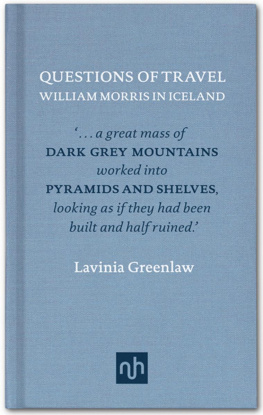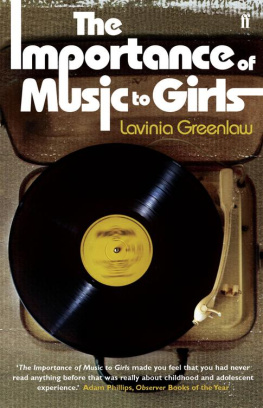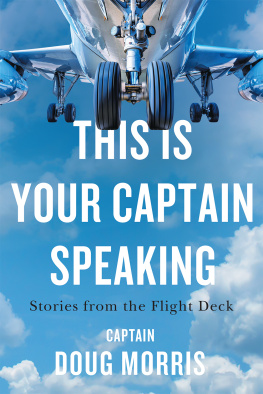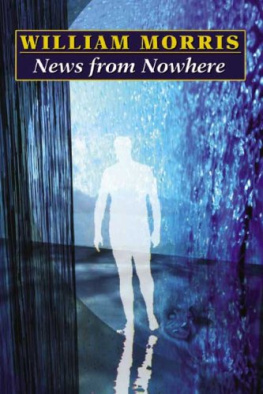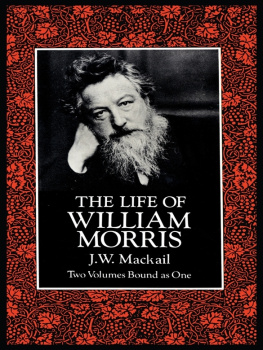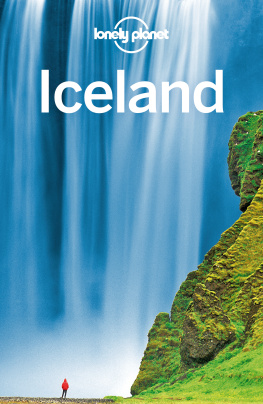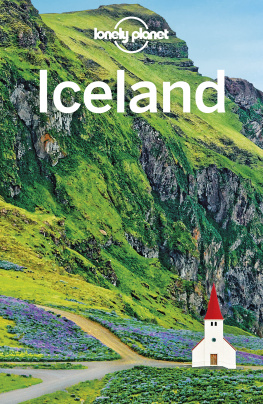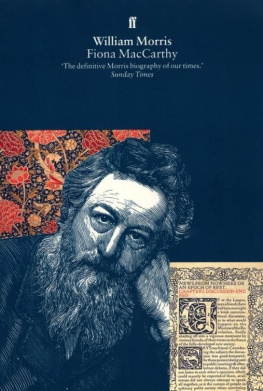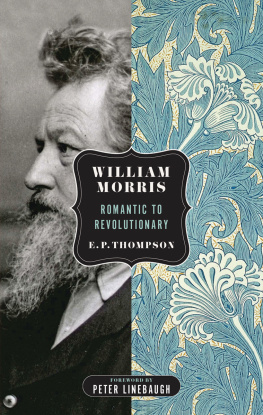
In July 1871 Morris and three companions, one of them the Icelandic scholar Eirkr Magnsson, travelled by Danish mailboat from Edinburghs Granton harbour to Reykjavk, a four-day journey. Unusually for him, Morris kept a diary of his travels and the early entries are alive with hopefulness They took a criss-cross route around the main sites of the Icelandic sagas, travelling on sturdy Icelandic ponies, hiring local guides. They first went westwards along the bottom coast, then struggled north-east across the wilderness to the fjords on the northern sea. They circled round the Snfellsnes peninsular, returning via the mysterious and marvellous Geysir hot springs His discovery of Iceland was to give him a new stimulus that lasted all his life. Fiona MacCarthy
The best book of travel written by an English poet is William Morriss Icelandic Journal, which is also one of the least known He arrived bereft, his marriage in disarray, in an emptiness of love without hope. So Iceland entered him, lava, gravel, tufa, flow, mountain detail clearly seen, and the condition of man meditated upon, past and present, between grizzly and glum immensity, vast chilled indifference and tiny nooks of green gentleness. Geoffrey Grigson
[Questions of Travel: William Morris in Iceland] makes the reader dance a kind of duet over the pages, watching how Greenlaw has adapted and inverted the already fascinating account of the Pre-Raphaelite painters rather charmingly bumbling trip. Stuart Kelly, The Scotsman
The foremost English designer of his time (furniture, fabrics, wallpaper, stained glass, tapestry, books), polemicist and reformer, poet and traveller William Morris (18341896) has come to be regarded as one of the myriad-minded giants of the nineteenth century.
Lavinia Greenlaws interest in perception led to her being the first artist in residence at Londons Science Museum. She has published five collections of poetry as well as fiction and a memoir, The Importance of Music to Girls. She has an MA in seventeenth-century art from the Courtauld Institute and writes on music, art and vision. She has made radio documentaries about light with subjects ranging from Arctic midsummer and midwinter to a year-long study of the solstices and equinoxes in Britain.
Contents
If you look at the map of Europe, you will see in its north-western corner lying just under the Arctic circle a large island
W hy did William Morris want to go to the corner of the map? In 1871 he was thirty-seven years old, married to a famous beauty with whom he had two young daughters, a celebrated poet and co-owner of a flourishing design company. He had also just found his dream home Kelmscott Manor on the Thames in Oxfordshire. Yet as he took possession of Kelmscott, he dispossessed himself and set off for Iceland. This was part of his complex response to the relationship between his wife, Janey, and his friend and mentor Dante Gabriel Rossetti. Morris took the house in joint tenancy with Rossetti, who promptly moved in for the summer with Janey and the girls. Morris himself stayed long enough only to oversee such things as the wallpaper.
By taking himself away Morris was perhaps acknowledging what could not be changed, including his own nature. This must have been a hard lesson for someone who believed it possible to realise the ideal worlds of his imagination. As a child growing up in what is now suburban east London, he had wandered Epping Forest on a pony wearing a suit of armour that his wealthy and indulgent parents had made for him. His impulse was to translate, formulate and realise, which requires a certain quiescence and plasticity from whatever and whoever is to hand.
Morriss biographer Fiona MacCarthy says that he was not given to introspection. His feelings, however mediated, retain their violence. They remain unprocessed. Everything in him was propelled outwards, from his moods to his famously unruly hair, and he saw himself as difficult to control. He found ways to defuse his effect, at school turning his rages into animal theatre for the entertainment of his friends. In Iceland, as at home, he plays on the comedy of himself, inviting mockery as a form of acceptance.
If he was looking for containment, Morris found it in the occluded nature of his marriage and his punitive friendship with Rossetti, who mocked and undermined him with a persistence that betrays serious admiration. Morriss departure for Iceland must have seemed dangerously impressive to Rossetti, whose caricature from this time portrays him as a bumbler in a punt being laughed at by fish he will clearly never catch.
Fiona MacCarthy observes that Morris was not one of the great Victorian travellers. But in the course of his lifetime he made two journeys that had an effect The first of these was a student walking tour of France, the second to Iceland. Morris was drawn there not only by the map but the sagas. His epic poem The Earthly Paradise, just published in four hefty volumes, was a tale of Norsemen sailing off in search of a perfect new world where no one grows old. He had also been learning Icelandic and collaborated on translations of the sagas with the Icelandic scholar Eirkr Magnsson, who accompanied him on this trip.
There is surprisingly little said about the sagas in the journal. Instead Morris is continuously fixing the place in his mind while getting caught up in questions of travel, noting his reaction to the idea of leaving or arriving, hurry and delay, what it means to dread somewhere youve never been or to encounter the actuality of a long-held vision, and the ways in which travel feels good for you even as you cant wait to get home.
Morriss writing here is unlike anything else he produced. It has the shifting quality of natural speech, moving from playful to methodical to live-action, rhetorical to confiding. It sounds like someone talking to someone with whom he can be himself which it was. The intended recipient was Georgie, wife of his friend and fellow artist Edward Burne-Jones. Morris had known her since she was a teenager and felt a strong affinity with this intense and brilliant woman. They were allies, too, in their endurance of marriages fractured by a more obviously glamorous other.
The journal proposes someone wonderfully able to live in the present for all his love of lost worlds. As the train pulls out of Kings Cross, Morris fears having left something behind, perhaps himself as if this were his subconscious intention. He sets himself up as a tourist, cheerfully noting his ungainliness and his propensity to get wrong what others manage perfectly well. There is much talk of scrambling and stumbling but rarely anything as dramatic as an actual fall.
Travelling with other people, even if you have known one another for years, requires a re-establishment of roles and relations. You are in each others power. To be late or inexplicably out of sight, to be angry or anxious, affects everyone. There is no other room to withdraw to (even if there are other rooms); there is no front door by which to leave. Morris was travelling with an old friend, a recent acquaintance and a stranger. They all, Morris included, come off the page in the concentrated form that derives from the confinements of travel.
Charles Faulkner, mathematician, artist and engineer, had been a loyal companion since university days and a founding partner in the design firm. He is a light, teasing presence who kicks stones off a cliff path that induces terror in Morris. The first to be seasick, the last to get up and possessing no genius for cookery, Faulkner is the most even and undemanding of the group. He and Morris snigger like schoolboys: so small a joke moving our little minds in those waste places owing to the fresh air, I suppose.

